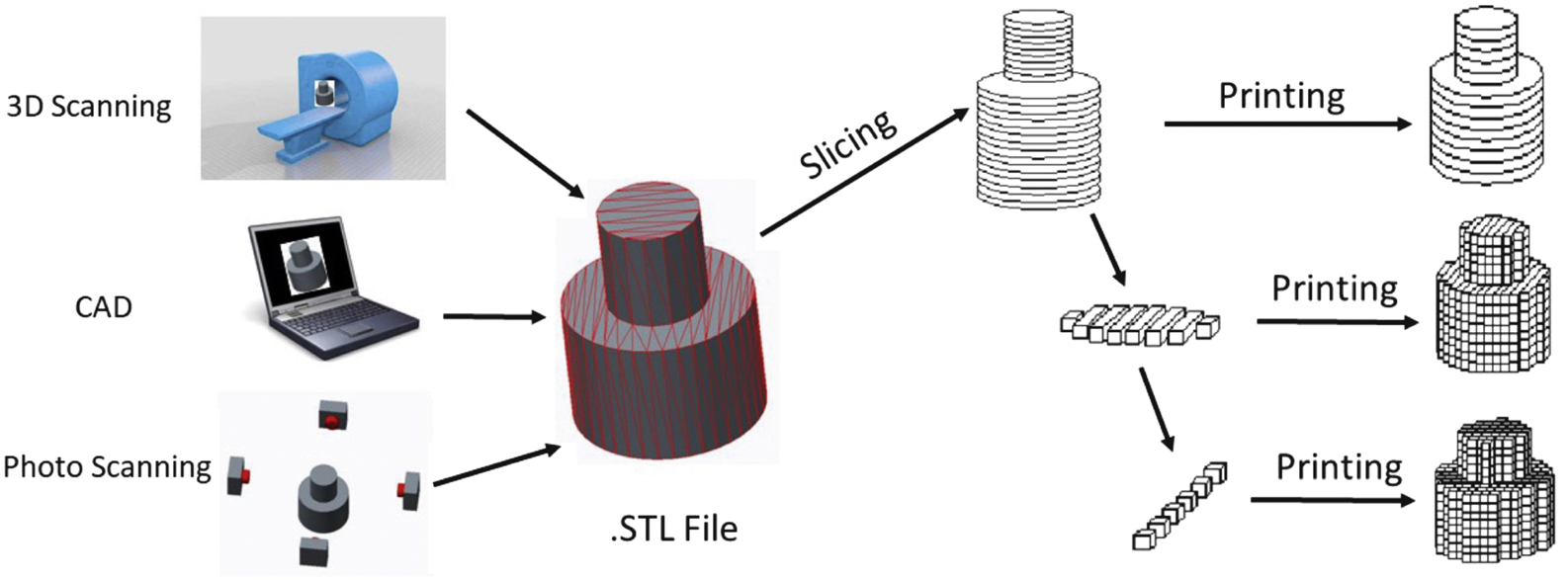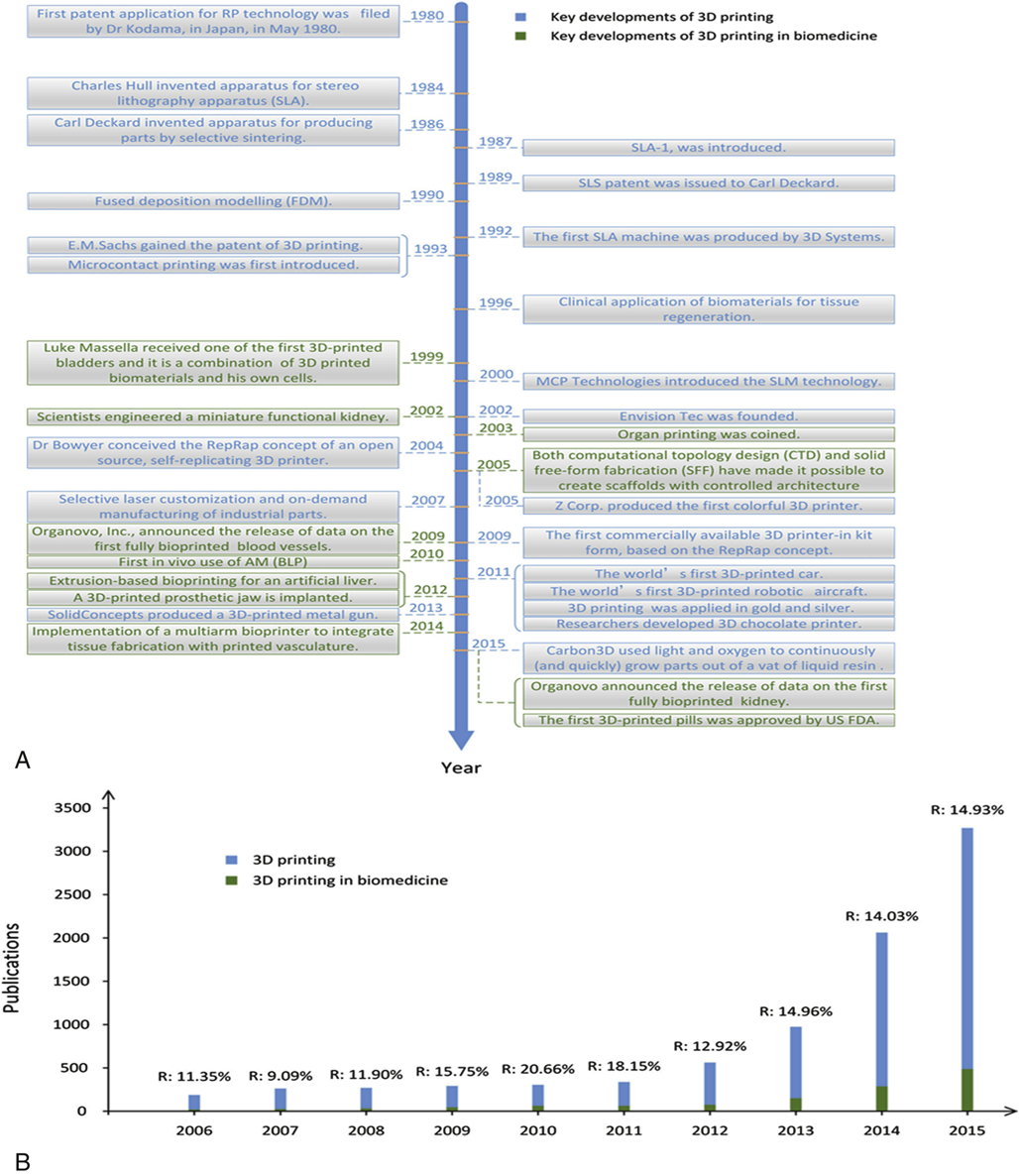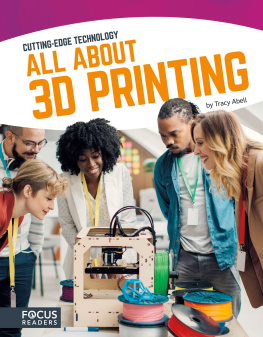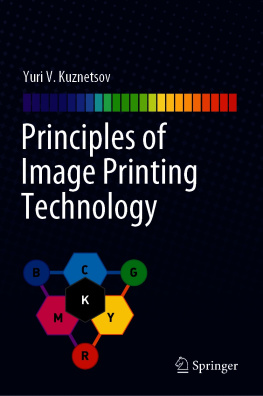Ahmad Nabeel - 3D Printing Technology in Nanomedicine
Here you can read online Ahmad Nabeel - 3D Printing Technology in Nanomedicine full text of the book (entire story) in english for free. Download pdf and epub, get meaning, cover and reviews about this ebook. year: 2019, publisher: Elsevier, genre: Home and family. Description of the work, (preface) as well as reviews are available. Best literature library LitArk.com created for fans of good reading and offers a wide selection of genres:
Romance novel
Science fiction
Adventure
Detective
Science
History
Home and family
Prose
Art
Politics
Computer
Non-fiction
Religion
Business
Children
Humor
Choose a favorite category and find really read worthwhile books. Enjoy immersion in the world of imagination, feel the emotions of the characters or learn something new for yourself, make an fascinating discovery.

- Book:3D Printing Technology in Nanomedicine
- Author:
- Publisher:Elsevier
- Genre:
- Year:2019
- Rating:3 / 5
- Favourites:Add to favourites
- Your mark:
- 60
- 1
- 2
- 3
- 4
- 5
3D Printing Technology in Nanomedicine: summary, description and annotation
We offer to read an annotation, description, summary or preface (depends on what the author of the book "3D Printing Technology in Nanomedicine" wrote himself). If you haven't found the necessary information about the book — write in the comments, we will try to find it.
3D Printing Technology in Nanomedicine — read online for free the complete book (whole text) full work
Below is the text of the book, divided by pages. System saving the place of the last page read, allows you to conveniently read the book "3D Printing Technology in Nanomedicine" online for free, without having to search again every time where you left off. Put a bookmark, and you can go to the page where you finished reading at any time.
Font size:
Interval:
Bookmark:
Since its introduction in the 1980s, the three-dimensional (3D) printing technology has evolved to revolutionize both scientific community and academician. The wide range of currently available manufacturing technologies provides a versatile platform for converting a prototype into a physical model. Importance of 3D printing is not only restricted to industrial area but the impact of 3D printing is also expanding in medical field in a wide range of applications including fabrication of patient-specific complex medical and anatomical structures, customized medical prostheses, implants and surgical tools, tissue and organ printing, 3D printed in vitro tissue models, drug screening purposes, advancement of physicians, and patient education. Despite significant and exciting improvements, there are many substantial challenges and barriers to the progression of 3D printing. In this chapter, we encompass the process of 3D printing, historical perspective, types of 3D printing technologies, their applications in medicine, and finally discuss various challenges to the progression of 3D printing in medicine. In the upcoming years, we believe that integration of researchers from different fields will address the challenges and barriers of 3D printing to transform the field of medicine.

 Fig. 1.2 (A) Major events and developments in the evolution of both 3D printing and 3D printing in medicine. (B) ISI web of science data obtained in May 2016 indicating the number of articles published in 3D printing and 3D printing in biomedicine in last 10 years (R: Rate of research articles published about 3D printing to research articles published about 3D printing in medicine).
Fig. 1.2 (A) Major events and developments in the evolution of both 3D printing and 3D printing in medicine. (B) ISI web of science data obtained in May 2016 indicating the number of articles published in 3D printing and 3D printing in biomedicine in last 10 years (R: Rate of research articles published about 3D printing to research articles published about 3D printing in medicine).Reprinted with permission from reference Zhao H, Yang F, Fu J, et al. Printing@ clinic: from medical models to organ implants. ACS Biomater Sci Eng. 2017;3:30833097. Copyright 2017 American chemical society.
 (1.1)
(1.1)Table 1.1
| Types of 3D Printing Technologies | Examples of Commonly Used Materials | Accuracy | Cost | Examples |
|---|---|---|---|---|
| Vat photopolymerization | Photopolymer, acrylic, and epoxy-based polymers, infused polymers | +++ | $$ | SLA, DLP, CDLP, Bioplotters |
| Powder bed fusion | Metals, plastics, ceramics, Polymers including Polycaprolactone (PCL), Hydroxyapatite (HA) | ++ | $$$ | SLS, SLM, EBM |
| Binder jetting | Gypsum, Acrylates HA/PLA, HA/PCL, and bioactive glass (6P53 B)/PCL | + | $ |
Font size:
Interval:
Bookmark:
Similar books «3D Printing Technology in Nanomedicine»
Look at similar books to 3D Printing Technology in Nanomedicine. We have selected literature similar in name and meaning in the hope of providing readers with more options to find new, interesting, not yet read works.
Discussion, reviews of the book 3D Printing Technology in Nanomedicine and just readers' own opinions. Leave your comments, write what you think about the work, its meaning or the main characters. Specify what exactly you liked and what you didn't like, and why you think so.









